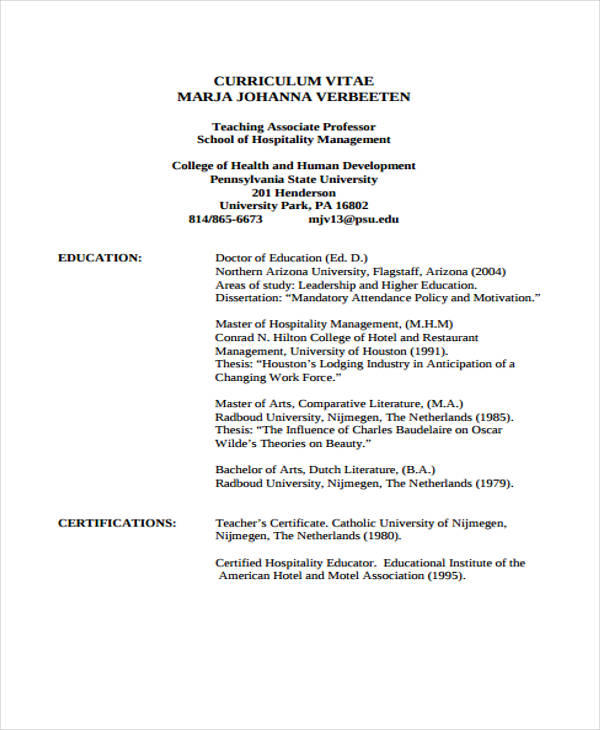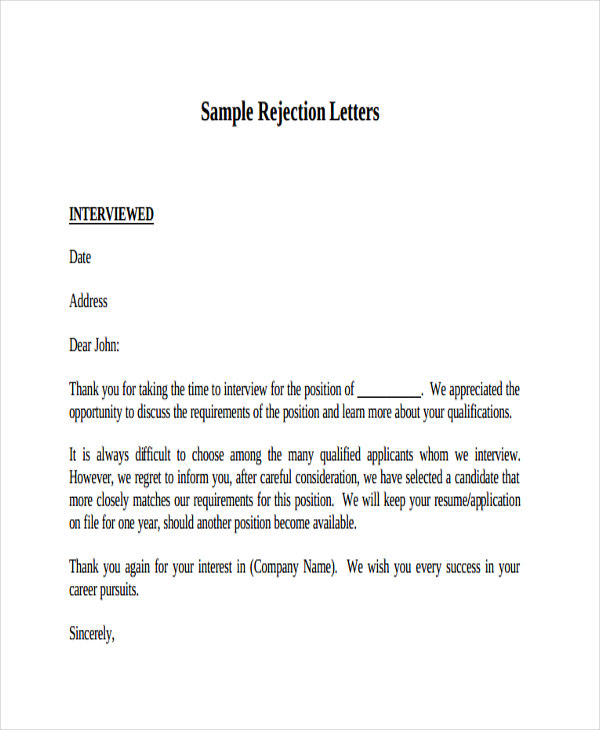- Adobe Application Manager For Mac
- Adobe Application Manager Cs6 For Mac
- Download Adobe Applications Manager For Mac
Only Enterprise customers can perform the following procedures.
If you are deploying Photoshop Elements 12 or later, use the Creative Cloud Packager (CCP) instead of these instructions. You can find information about using CCP can here: Creative Cloud Packager.
Disable Adobe Updater (AAM): The Adobe Application Manager launches automatically every day to check for updates to Adobe products. The user is not aware of this check unless a product update is found. If a product update is located, the application displays. Adobe Application Manager (AAM) is a helper application used to manage the installation of many Adobe products. If you have a Creative Cloud membership, the Adobe Application Manager will automatically update to the Creative Cloud desktop app, as long as you are running Mac OS 10.7 or later, or Windows 7 or later.
- If this prompt recurs even after you've closed the listed applications, some processes for the applications could be running in the background. Terminate these background processes to continue installing the Adobe product. Terminate the process using Windows Task Manager. Right-click the taskbar.
- The AAM patch installs the correct version of the Adobe Application Manager. Select the patch from your operating system below: Windows; Mac OS.
Create the installer and uninstaller package using Adobe Application Manager
- Insert the installation DVD for Adobe Photoshop Elements into the DVD drive.
Download the DMG file required to install Adobe Application Manager, Enterprise Edition 2.1 or later (Mac OS) from www.adobe.com/devnet/creativesuite/enterprisedeployment.html
- Double-click Install. You are prompted to enter your user name and password for the operating system to authorize the installation. The installation proceeds after you successfully enter this information.
- In the Adobe Software License Agreement dialog box, select a language for the application manager.
- Click Accept after you have read the terms and conditions.
- In the Create New PKG Installation Package dialog box, do the following:
In Package Name, enter the name with which you want to create the install and uninstall packages.
- In Save To, specify the location where you want the packages saved once they are created.
- In Locate the Product Install Folder, specify the location of the Adobe Photoshop Elements <version number> folder present inside the Adobe Photoshop Elements <version number> DVD.
- Enter the volume license serial number for Adobe Photoshop Elements <version number>. Click Next.
- Verify the options in the Installation Options dialog box, and click Next.
- In the Configure Package dialog box, select or deselect options as required, and click Next.
- Disable End-User License Agreement: Upon its first invocation after installation, the application displays a dialog box with the End-User License Agreement (EULA). In a multi-seat situation, the company accepts this agreement for all end users when it purchases the product. It's unnecessary for the end users to see it.
- Disable Product Registration Reminders: Upon its second invocation during launch, the application displays a dialog box asking the user for an Adobe ID to register the product with. If a user declines, the application prompts once again after a week.
- Disable Adobe Updater (AAM): The Adobe Application Manager launches automatically every day to check for updates to Adobe products. The user is not aware of this check unless a product update is found. If a product update is located, the application displays a balloon to inform the user that an update is available.
- Disable Adobe Product Improvement Program: Adobe applications normally query the user for feedback on a regular basis. This query is part of an ongoing effort to ensure that products meet user needs.
- Deploy to Default Application Directory: Adobe Photoshop Elements is installed in the Applications directory.
- Specify Directory During Deployment: During deployment, users are prompted to select a directory for installing the product.
- Deploy to: The product is installed at the specified location on the user's computer. If you choose this option, it's necessary to specify an absolute path (including drive). The installation location cannot be a network location, a mounted disk image, or the root directory of any volume.
- You can also specify the action to perform when there are conflicting processes during installation. If you choose Abort Installation, the installation stops when it encounters conflicting processes.
- In the Summary dialog box, ensure that your package has been created successfully. To look for information on errors during installation, click Build Log.
In the directory that you specified for your package (step 8b), double-click the package to open it. Two directories, Build and Exceptions, are present in the package folder.
Double-click Build. This folder must contain two packages—a package for installation and a package for uninstallation.
Open the Terminal. It is in the Applications/Utilities folder.
Run the following command:
sudo installer –pkg %install pkg path% -target /
Note: Replace %install pkg path% with the location where your package is present. (See steps 14-15 Create the installer package using Adobe Application Manager, above.)
Adobe Application Manager For Mac
The message 'The install was successful' appears after the installation is complete.
Open the Terminal. It is in the Applications/Utilities folder.
Run the following command:
sudo installer –pkg %uninstall pkg path%
Note: Replace %uninstall pkg path% with the location where your package is present. (See steps 14-15 Create the installer package using Adobe Application Manager, above.)
Wait for the message informing you that the product was uninstalled.
Issue: 'Adobe Application Manager is needed' error
One of the following error messages occurs when you launch or use a Creative Suite 5 or CS5.5 product:
- Adobe Application Manager is needed to update your product.
- Adobe Application Manager is needed to start your trial.

The AAM patch installs the correct version of the Adobe Application Manager. Select the patch from your operating system below:
1. Determine whether short filenames are causing the problem.
- Launch a command prompt with administrator privileges.
- Windows XP: Click Start > Run, type cmd, and press Enter.
- Windows Vista/7: Click Start, type cmd in the Search field, and press Enter.
- Type fsutil behavior query disable8dot3 and press Enter.
- If the output of the command is 1, then proceed to Manually create short file paths.
- Otherwise, proceed to Install the Creative Suite 5 or CS5.5 product silently.
Adobe Application Manager Cs6 For Mac
Important: Substitute <user_name> with your user name.
- Log out of your current user account and log in to another Administrative account.
- Launch an administrative command prompt.
- Windows XP: Click Start > Run, type cmd, and press Shift + Enter.
- Windows Vista/7: Click Start, type cmd in the Search field, and press Shift + Enter.
- Type fsutil file setshortname 'c:Documents and Settings<user_name>Local Settings' local~1 and press Enter.
- Type fsutil file setshortname 'c:Documents and Settings<user_name>Local SettingsApplication Data' applic~1 and press Enter.
- Type fsutil behavior set disable8dot3 2 and press Enter.
- Type fsutil file setshortname 'C:Users<user_name>' user~1 and press Enter.
- Log off from the current user and log in to your original user.
3. Install the Creative Suite 5 or CS5.5 product silently
- Using a command prompt, navigate to the folder containing the Set-up.exe file.
- Open a command prompt with administrative privileges, or enter the command into the run/command line field within your deployment technology.
Download Adobe Applications Manager For Mac


Mac OS X
Important: In a Terminal window, navigate to the folder containing the Install.app.
- Open a Terminal window or enter the command into the Unix command-line field within your deployment technology.
- Type sudo Install.app/Contents/MacOS/Install --mode=silent and press Return.
- Type your administrative password and press Return.
